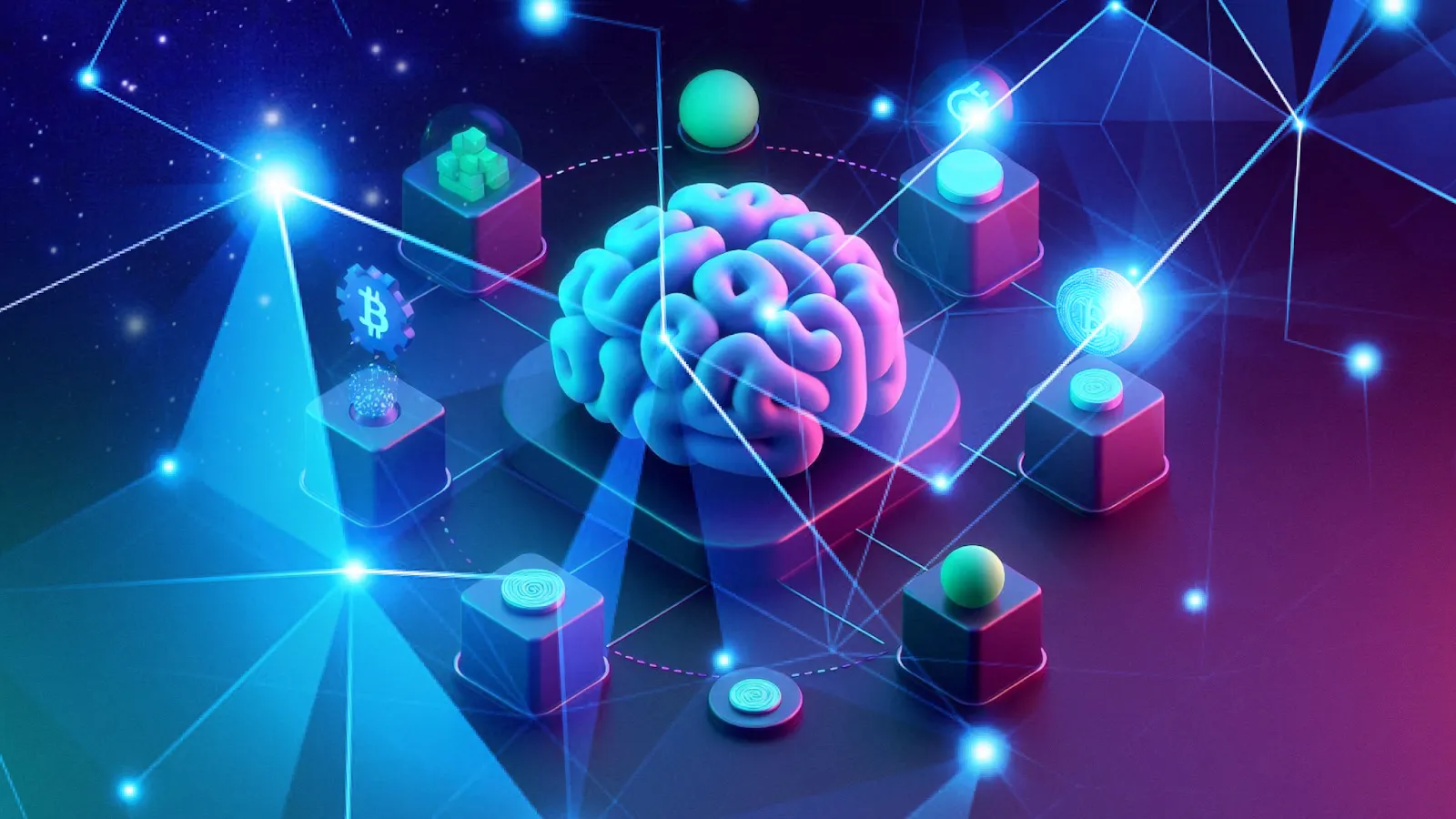
Artificial Intelligence (AI) and blockchain are often discussed as separate technological revolutions. AI powers recommendation engines, autonomous vehicles, and real-time fraud detection. Blockchain, meanwhile, secures decentralized finance, authenticates supply chains, and enables smart contracts. But what happens when we combine these technologies? The result is a powerful synergy that opens the door to a new generation of intelligent, transparent, and decentralized systems.
In this article, the first in our four-part series, we dive into the foundational principles of AI and blockchain. We explore how their combination enables use cases that neither could achieve alone and examine the early signals of a future shaped by their convergence.
Artificial Intelligence refers to the ability of machines to simulate human cognitive processes. It encompasses a wide spectrum of technologies designed to analyze data, recognize patterns, and make autonomous decisions. The two most prominent subfields are:
According to PwC, AI could contribute up to $15.7 trillion to the global economy by 2030, making it a central pillar of digital transformation.
Blockchain is a distributed ledger system that enables transparent, tamper-proof recording of transactions. Unlike traditional databases, a blockchain does not rely on a central authority. Instead, it distributes control across a network of nodes.

Although AI and blockchain were born from different technological paradigms, they are inherently complementary:
Blockchain Can Secure AI Systems
Use Case in Action: Ocean Protocol
Ocean Protocol enables decentralized data exchanges where data providers retain control and monetize access. AI developers can access tokenized datasets with full traceability, enhancing compliance with GDPR and other data privacy regulations.
Let’s consider a healthcare scenario:
Other sectors like supply chain management, real estate, and energy also stand to gain from AI-blockchain integrations.
AI and blockchain are not just buzzwords—they are foundational technologies shaping the future of digital systems. Their integration offers vast potential to create smarter, more transparent, and decentralized solutions for complex global challenges. By understanding the capabilities and complementarities of both, we lay the groundwork for future innovations.
This article sets the stage for the entire series by outlining the core concepts and the synergistic promise of combining AI with blockchain. It provides the essential context needed to appreciate the real-world use cases, technical barriers, and ethical considerations explored in the next installments.
In Article 2: Intelligent Systems in Action, we delve into practical applications already transforming industries, from finance and supply chain to healthcare. By seeing these technologies in motion, the theoretical advantages discussed here become tangible and actionable.
Continue reading to discover how AI and blockchain are already reshaping the digital world—and what’s still to come.
